The reaction A(g)→B(g)+2C(g) is a first order reaction with rate constant 2.772×10−3s−1, Starting with 0.1 mole of A in 2 litre vessel, find the concentration of A after 250 sec when the reaction is allowed to take place at constant pressure and at 300 K?
a) 0.0125M
b) 0.025M
c) 0.05M
d) none of theseSolution in Punjabi
0.0125M
0.025M
0.05M
none of these
The correct Answer is:A
Step by step video & image solution for The reaction A(g)toB(g)+2C(g) is a first order reaction with rate constant 2.772xx10^(-3)s^(-1), Starting with 0.1 mole of A in 2 litre vessel, find the concentration of A after 250 sec when the reaction is allowed to take place at constant pressure and at 300 K? a) 0.0125 M b) 0.025 M c) 0.05 M d) none of these by Chemistry experts to help you in doubts & scoring excellent marks in Class 12 exams.
Updated on:21/07/2023Topper's Solved these Questions
- CHEMICAL KINETIC & NUCLEAR CHEMISTRYBook:NARENDRA AWASTHIChapter:CHEMICAL KINETIC & NUCLEAR CHEMISTRYExercise:Level 2 (Q.33 To Q.35)
Explore 2 Videos
- CHEMICAL KINETIC & NUCLEAR CHEMISTRYBook:NARENDRA AWASTHIChapter:CHEMICAL KINETIC & NUCLEAR CHEMISTRYExercise:Level 3 - Passage
Explore 1 Video
- CHEMICAL KINETIC & NUCLEAR CHEMISTRYBook:NARENDRA AWASTHIChapter:CHEMICAL KINETIC & NUCLEAR CHEMISTRYExercise:Level 2
Explore 1 Video
- SURFACE CHEMISTRYBook:NARENDRA AWASTHIChapter:SURFACE CHEMISTRYExercise:Level -2
Explore 1 Video
Similar Questions
In a sample of wood, the reading of a counter is 32 dpm and in a fresh sample of tree it is 122dpm . Due to error counter gives the reading 2 dpm in absence of .14C . Half life of .14C is 5770 years .
The approximate age (in years) of wood sample is :
View SolutionTwo consecutive irreversible first order reactions can be represented by
Ak1−−→Bk2−−→C
The rate equation for A is readily interated to obtain
[A]t=[A]0.e−k1t , and [B]t=k1[A]0k2−k1[e−k1(t)−e−k2(t)]
When k1=1s−1 and k2=500s−1 , select most appropriate graph
a)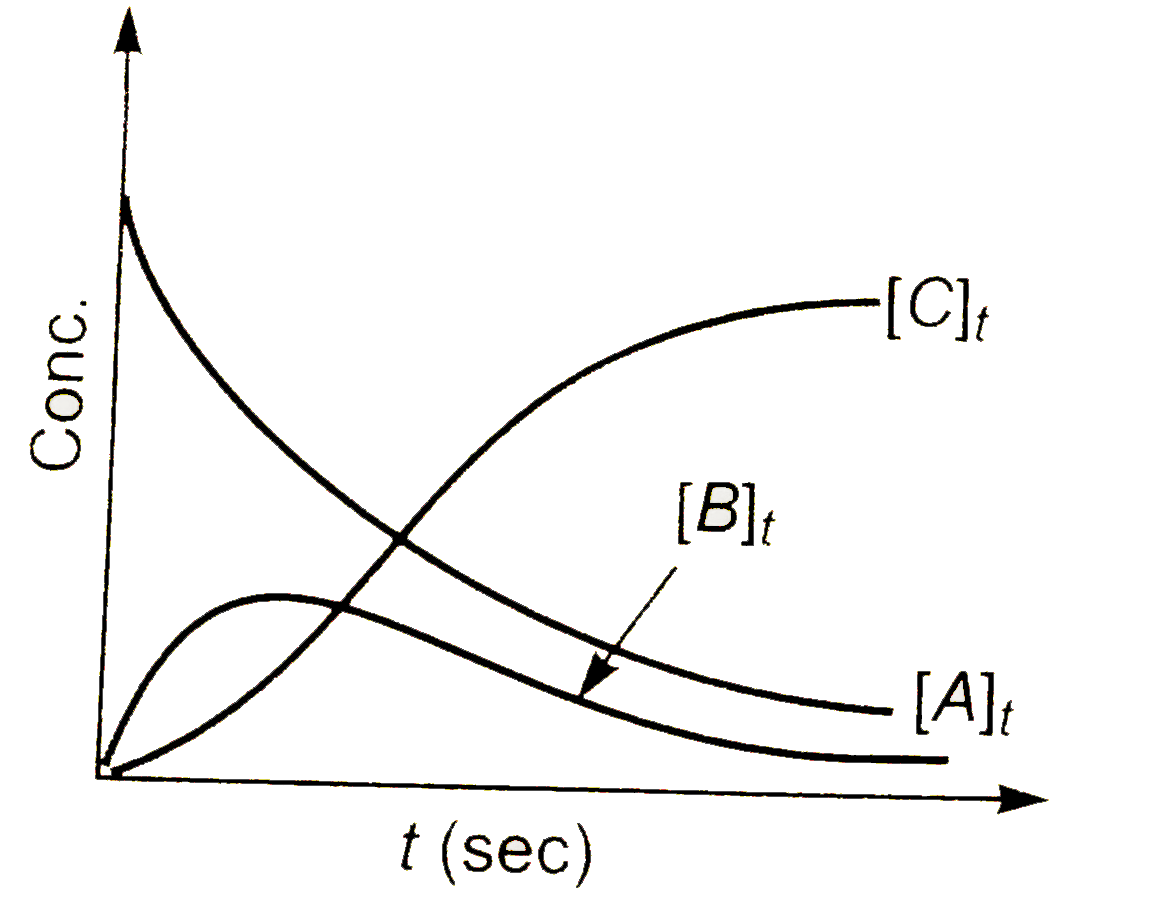 b)
b) 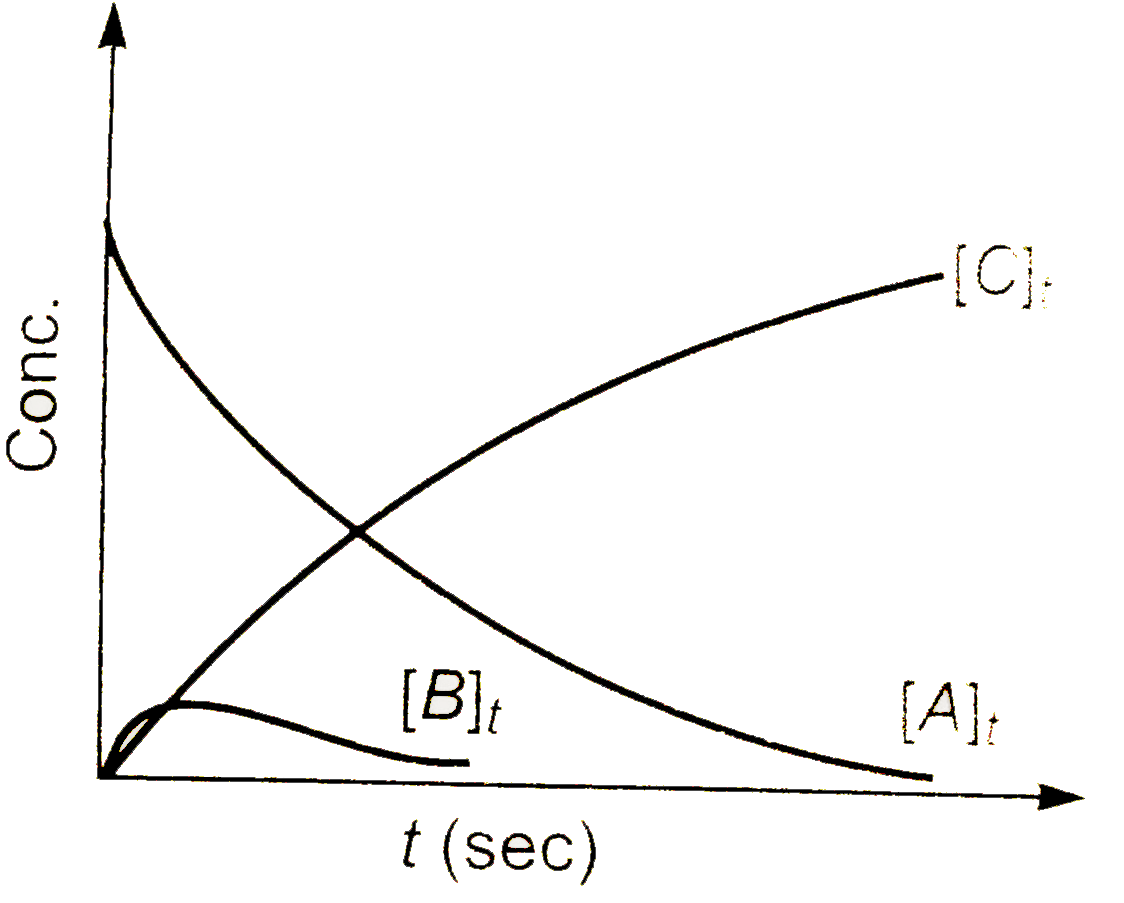
c)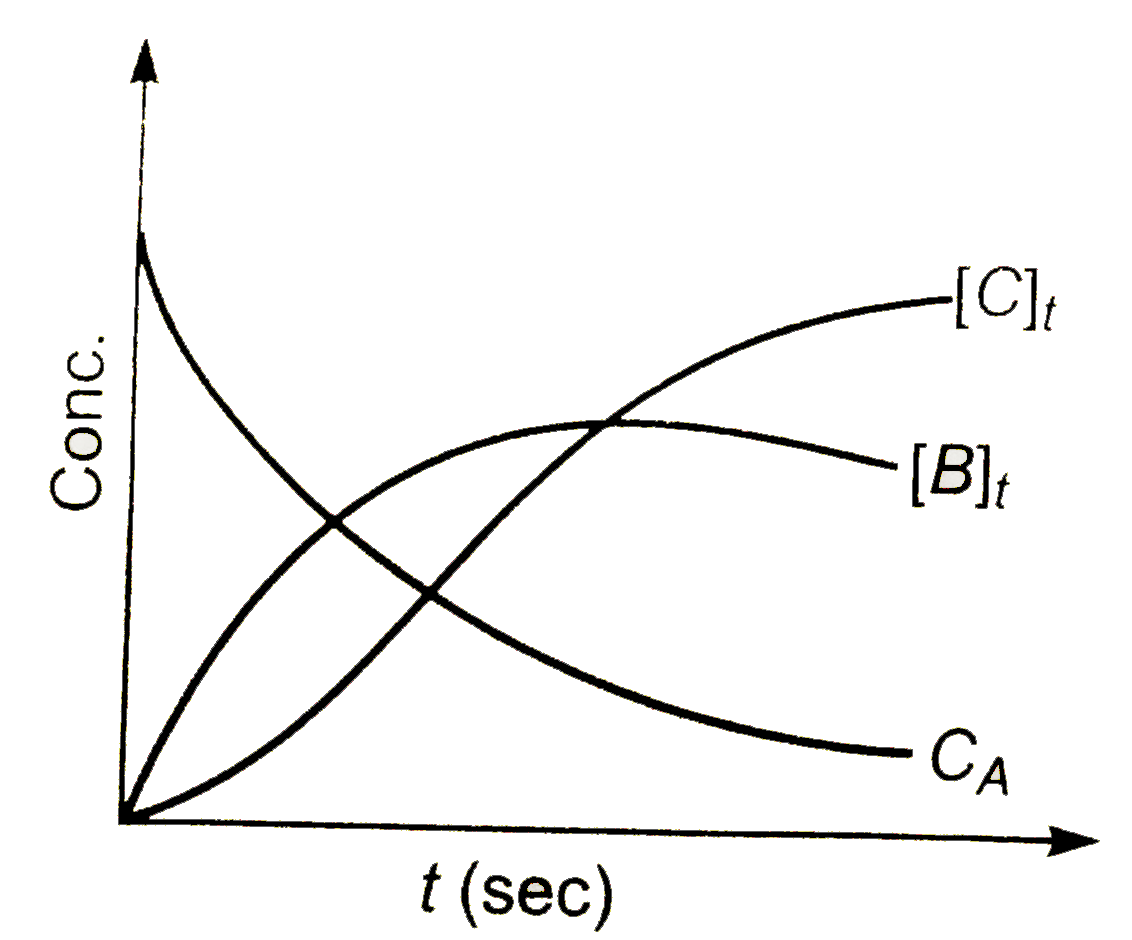 d)
d) 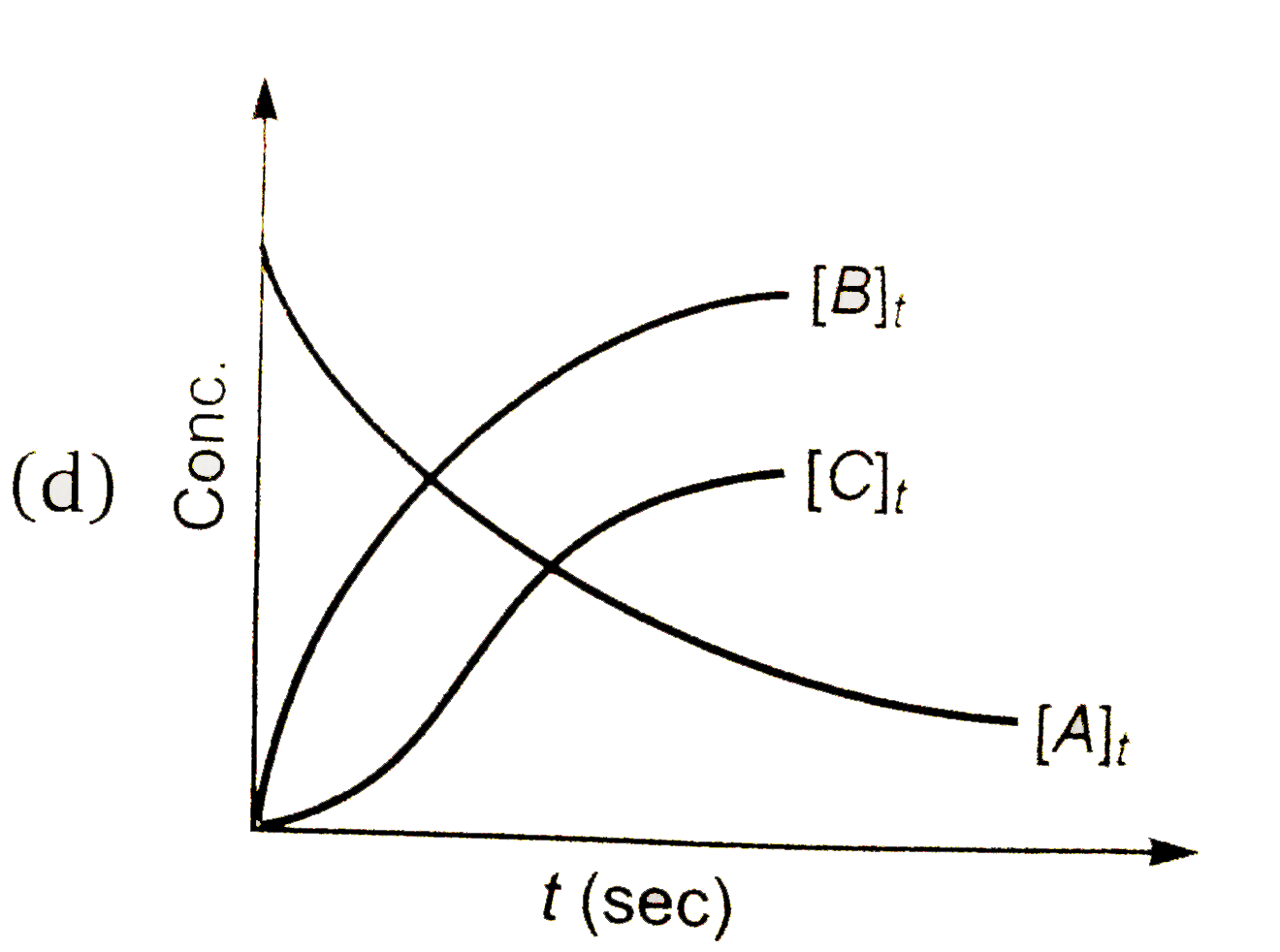
View SolutionThe forward rate constant for the elementary reversible gaseous reaction
C2H6<⇒2CH3is1.57×10−3s−1at100K
What is the rate constant for the backward reaction at this temperature if 10−4 moles of CH3 and 10 moles of C2H6 are present in a 10 litre vessel at equilibrium .
a) 1.57×109Lmole−1s−1
b) 1.57×1010Lmole−1s−1
c) 1.57×1011Lmole−1s−1
d) 1.57×107Lmole−1s−1
View Solutionfor the graph below, select correct order of temperture ?
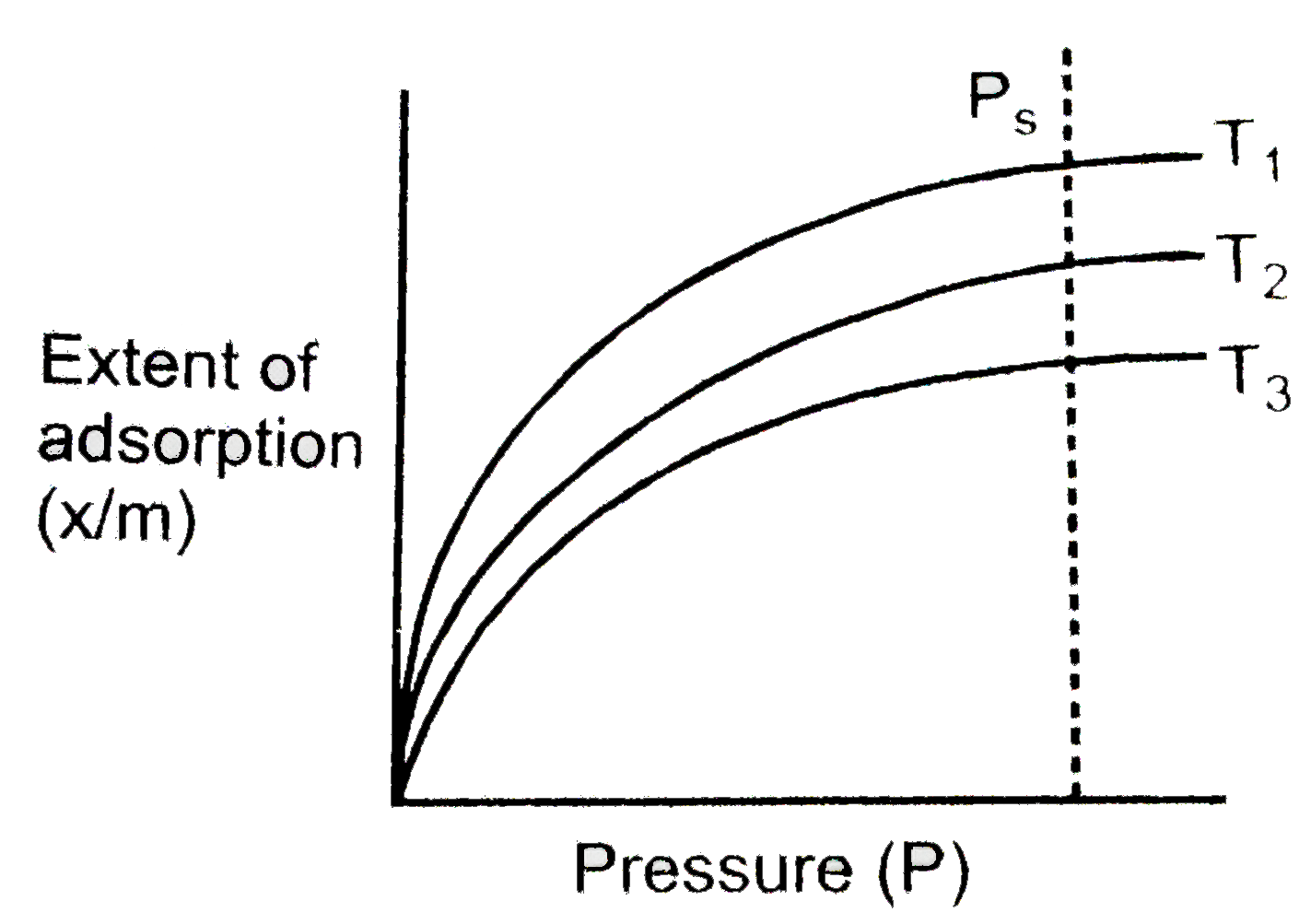
View SolutionWhen 3 moles of A and 1 mole of B are mixed in 1 litre vessel, the following reaction takes place A_((g)) + B_((g))hArr2C_((g)). 1.5 moles of C are formed. The equilibrium constant for the reaction is
View SolutionConsider a reaction A(g) rarr 3B(g) + 2C(g) with rate constant is 1.386 xx 10^(-2) "min"^(-1) in a non-rigid closed container starting with 2 moles of A in 12.5 L vessel initially, if reaction is allowed to take place at constant pressure and at 298 K the conc. of after 100 min is
View SolutionThe reaction A(g)toB(g)+2C(g) is a first order reaction with rate constant 2.772xx10^(-3)sec^(-1) reaction is started with only 0.1 mol of A in a container with volume 2 litre and is allowed to take place at constant volume and at constant temperature 300K[R=0.082 litre atm mol^(-1)K^(-1)] (log2=0.30) Q. Concentration of A after 250 sec will be:
View SolutionThe reaction A(g)toB(g)+2C(g) is a first order reaction with rate constant 2.772xx10^(-3)sec^(-1) reaction is started with only 0.1 mol of A in a container with volume 2 litre and is allowed to take place at constant volume and at constant temperature 300K[R=0.082 litre atm mol^(-1)K^(-1)] (log2=0.30) Q. Select the correct statement (s)
View SolutionThe reaction A(g)toB(g)+2C(g) is a first order reaction with rate constant 2.772xx10^(-3)s^(-1) , Starting with 0.1 mole of A in 2 litre vessel, find the concentration of A after 250 sec when the reaction is allowed to take place at constant pressure and at 300 K?
View SolutionWhen 3 moles of A and 1 mole of B are mixed in 1 litre vessel the following reaction takes place A_((b))+B_((g))hArr2C_((g)).1.5 moles of C are formed. The equilibrium constant for the reaction is
View SolutionThe reaction : A(g)→2B(g)+C(g) is first order reaction w.r.t. A, with rate constant 1.386×10−4sec−1. If initially 0.1 mole/litre of A was taken and the reaction is occurring at constant pressure and temperture then the concentration of A after 5000 sec will be:
View SolutionA reaction is said to be first order if it's rate is proportional to the concentration of reactant Let us consider a reaction
A(g)→B(g)+c(g)
At t=0a00
At time t a−xxx
The rate of reaction is given by the expression dxdt=k(a−x) and integrated rate equation for a given reaction is represted as k=1tln(aa−x) where a=initial concentration and (a-x) = concentration of A after time t.
Consider a reaction A(g)→3B(g)+2C(g) with rate constant 1.386×10−2−1min starting with 2 moles of A in 12.5 litre vessel initially if reaction is allowed to take place at constant pressure and at allowed to take place at constant pressure and at 298 K then find the concentration of B after 100 min.
View SolutionThe reaction A(g) to B(g) + 2C(g) is a first-order reaction with a rate constant of 2.303 xx 10^(-3)s^(-1) . Strating with 0.1 moles of 'A' in a 2 litre vessel, find the concentration of A after 301 sec when the reaction is allowed to take place at constant pressure at 300 K.
View SolutionThe reaction A (g) rarr B(g) + 2C (g) is a first order reaction with rate constant 3465 xx 10^(–6) s^(–1) . Starting with 0.1 mole of A in 2 litre vessel, find the concentration of A after 200 sec., when the reaction is allowed to take place at constant pressure and temperature.
View Solution(A) follows first order reaction, (A) changes from 0.1 M to 0.025 M in 40 min. Find the rate of reaction of A when concentration of A is 0.001 M.
View SolutionFor a first order reaction (A)→ products the concentration of A changes from 0.1 M to 0.025 M in 40 minutes . The rate of reaction when the concentration of A is 0.01 M is :
View Solution